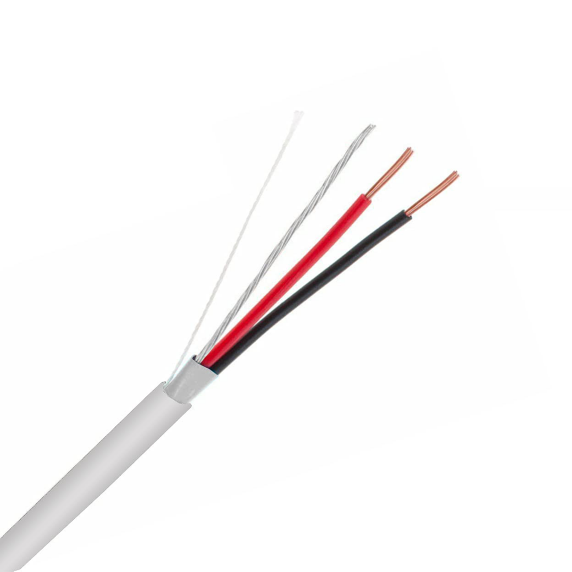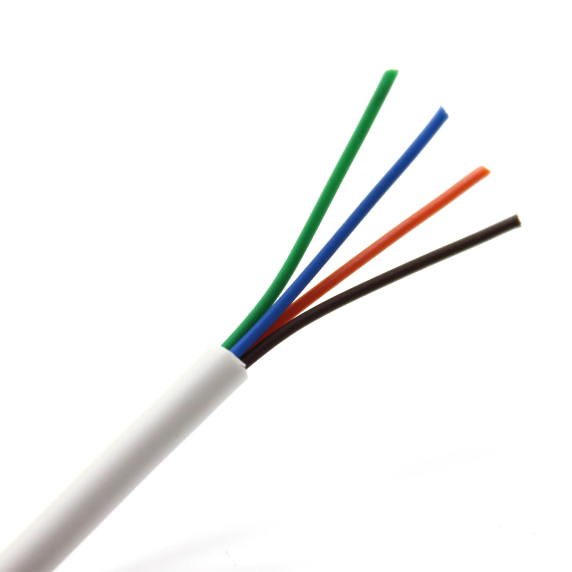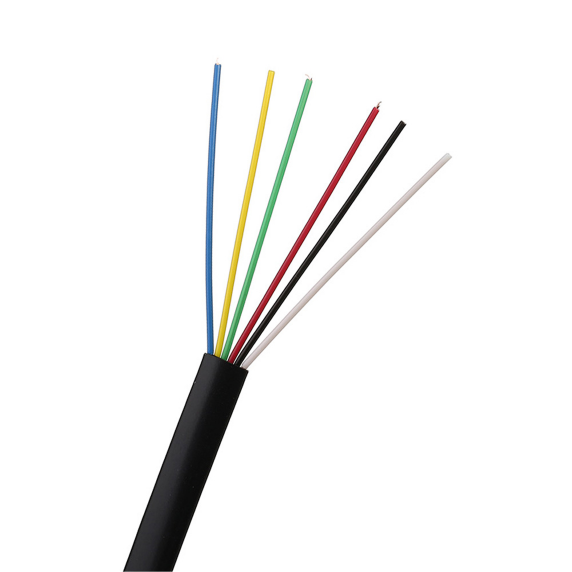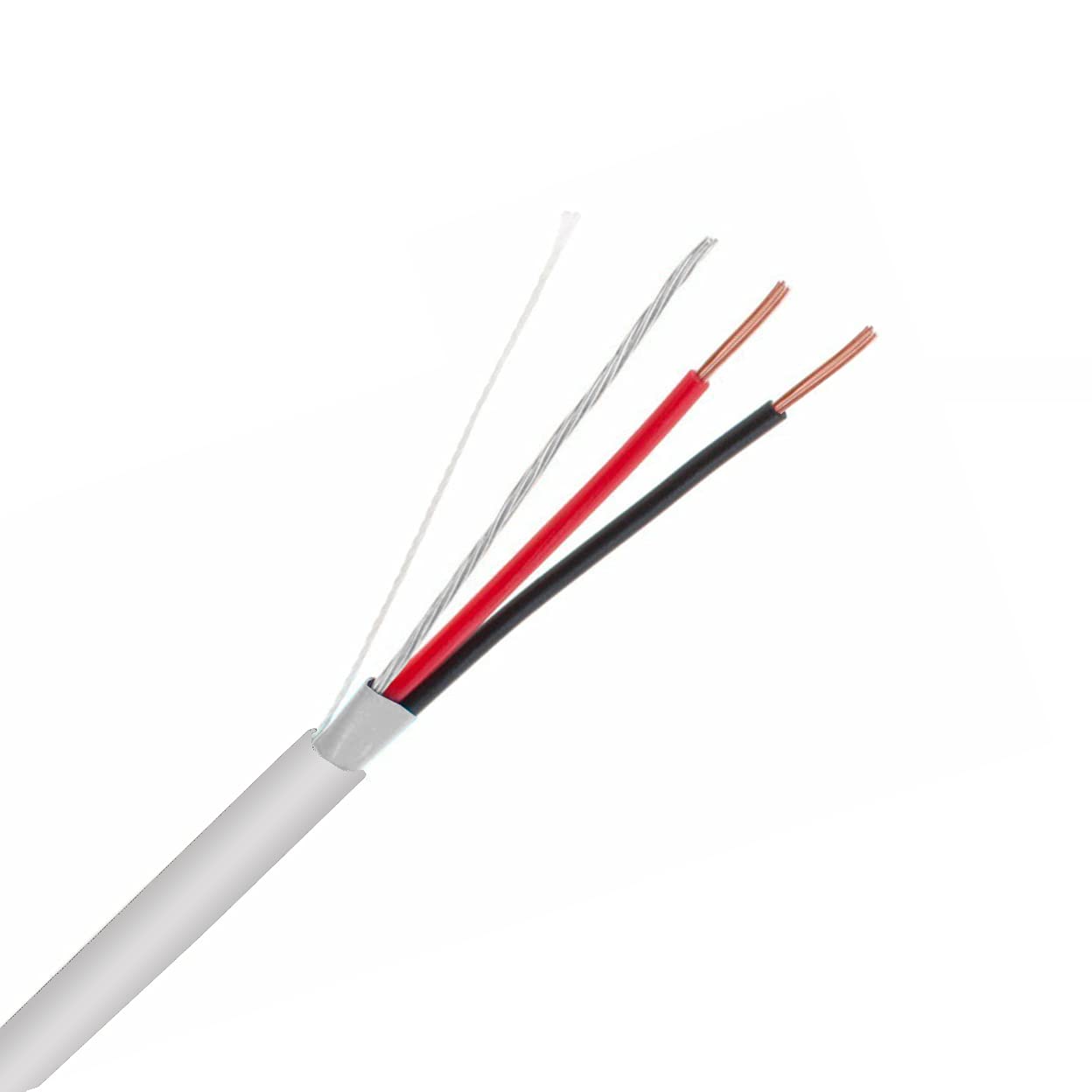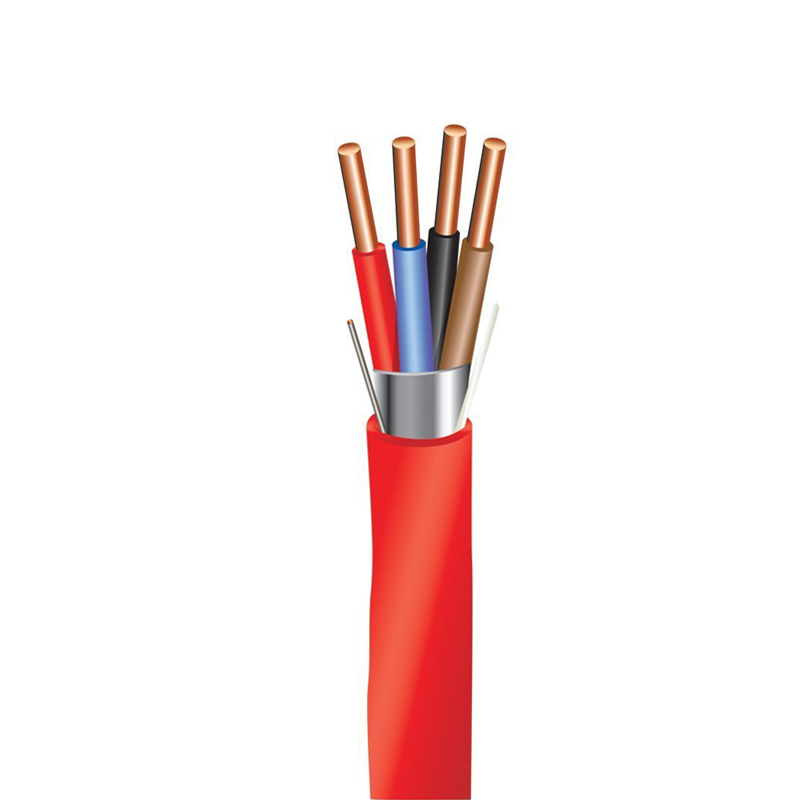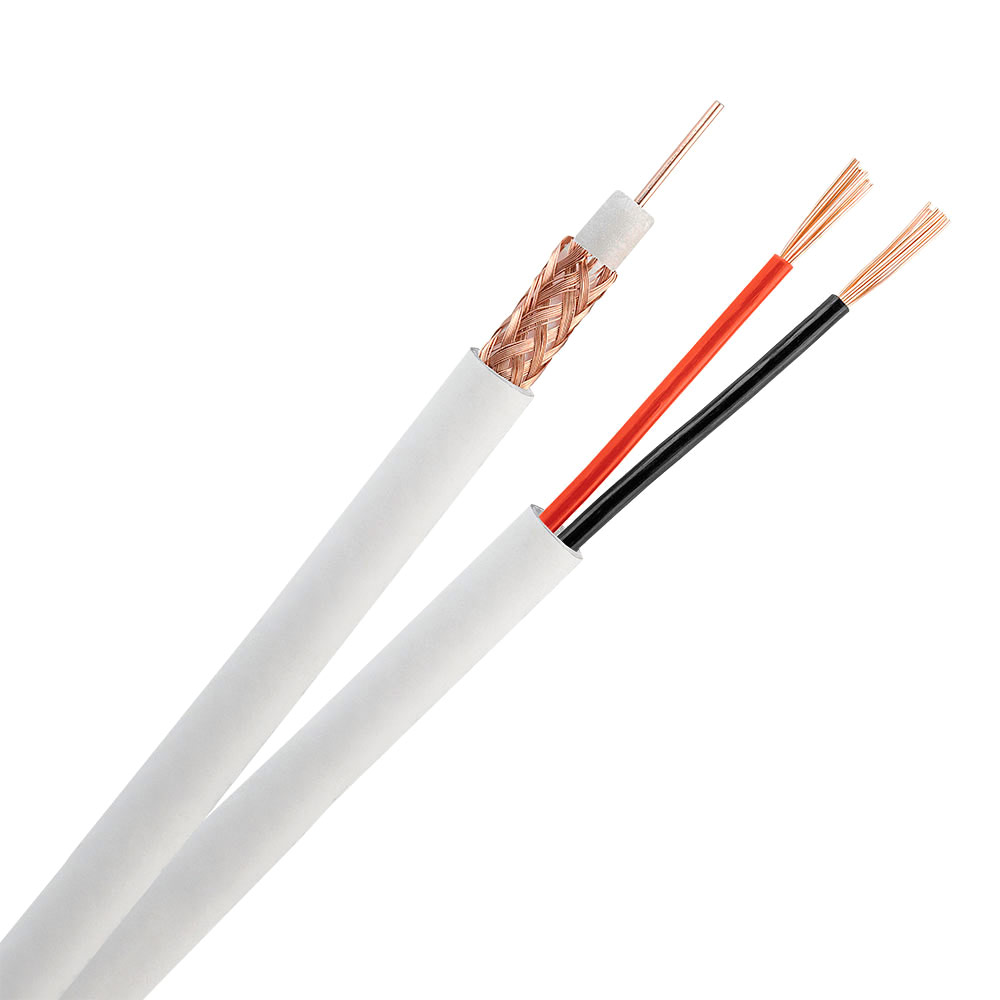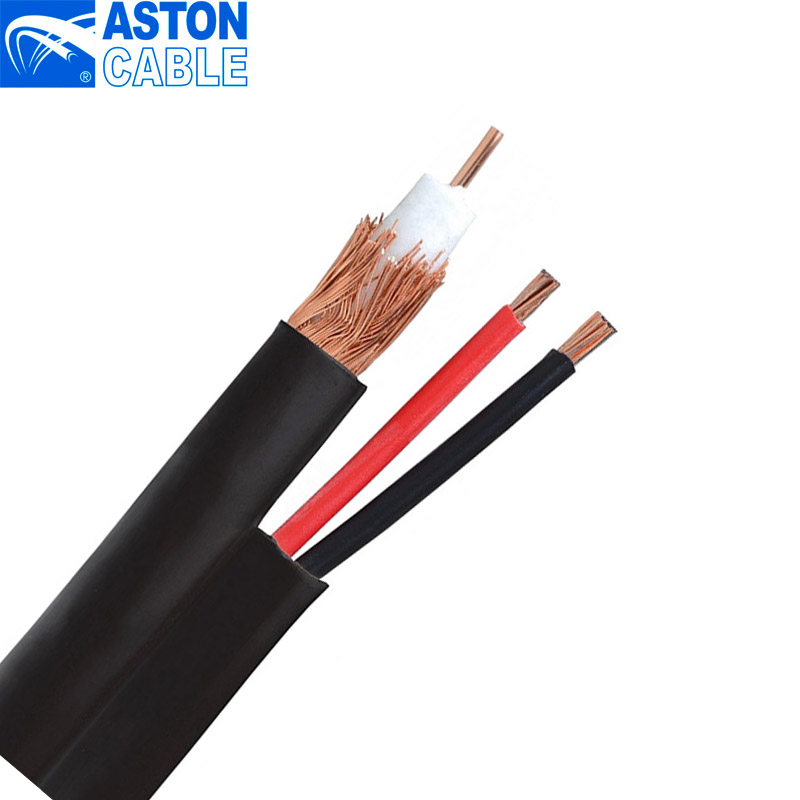Product Main Parameters
| Conductor | 7x0.2mm Bare Copper |
| Insulation | PVC, LSZH |
| Outer Jacket | PVC, PE, LSZH |
| Core Options | 2/4/6/8/10/12 |
Common Product Specifications
| Color | White |
| Usage | Wiring burglar & Security alarm |
| Origin | Hangzhou, Zhejiang, China |
Product Manufacturing Process
The manufacturing process for the 2c * 1.5 mm fire alarm cable involves several key stages: conductor formation, insulation application, and sheathing. Typically, copper is used due to its excellent conductivity and flexibility. The conductors are then insulated with materials like PVC or LSZH to prevent shorts and enhance safety. Finally, an outer sheath is applied to protect against environmental and mechanical damage. Research indicates that such cables provide excellent signal transmission, reliable during emergencies, and crucial for public safety compliance.
Product Application Scenarios
2c * 1.5 mm fire alarm cables are integral to various safety systems, including smoke detectors, alarm sounders, and manual call points. These cables facilitate reliable communication between alarm components and central control systems. According to industry standards, proper installation ensures rapid signal transmission during emergencies, crucial for effective evacuation efforts and fire response. In public buildings, compliance with local codes ensures installation is both legally sound and safety-optimized.
Product After-sales Service
We offer comprehensive after-sales service including product support, troubleshooting, and guidance on installation best practices. Customers can contact our dedicated team for assistance.
Product Transportation
Our fire alarm cables are packaged with care and shipped from China's Ningbo port. We ensure timely and safe delivery through reliable logistics partners globally.
Product Advantages
Our China 2c * 1.5 mm fire alarm cable stands out due to its superior construction, compliance with global standards, and exceptional durability in critical applications.
Product FAQ
- What is the primary use of the 2c * 1.5 mm fire alarm cable? The cable is mainly used in fire alarm systems, ensuring prompt signal transmission in emergencies.
- Are the cables compliant with international safety standards? Yes, our cables meet IEC and RoHS standards, making them suitable for global markets.
- What insulation materials are used? We use PVC or LSZH materials, chosen for their flame-retardant properties.
- What is the MOQ for these cables? The minimum order quantity is 50KM to ensure cost-effective production and supply.
- Can these cables be customized with an OEM logo? Yes, we offer OEM services for branding as per client requirements.
- What safety features do these cables offer? The cables have low smoke emission and minimal halogen release, ensuring safety during fire incidents.
- Are the products manufactured in China? Yes, our production facilities are located in Hangzhou, Zhejiang, China.
- How is the outer sheath beneficial? The sheath provides protection against mechanical damage and environmental factors.
- What makes copper a preferred conductor material? Copper's excellent conductivity and flexibility make it ideal for signal transmission in alarm systems.
- How does the company ensure product quality? We have stringent quality control systems aligned with ISO9001 protocols to maintain high standards.
Product Hot Topics
- Choosing the Right Fire Alarm Cable: Why China 2c * 1.5 mm is a Leader When considering options for fire alarm cables, the China 2c * 1.5 mm variant offers an unbeatable combination of reliability and compliance. Its design ensures quick signal transmission, which is crucial during fire emergencies. Additionally, its compliance with IEC standards means it meets rigorous safety expectations. Installers looking for dependable solutions find this cable's performance and quality to be top-notch.
- Installation Tips for China 2c * 1.5 mm Fire Alarm Cable Proper installation is key to ensuring the effectiveness of fire alarm systems. When using China 2c * 1.5 mm fire alarm cables, attention must be given to routing and protection. Ensure cables are not exposed to potential damage by enclosing them in conduits. Adhering to local codes and regulations, such as NFPA 72 in the US, is essential for safety compliance and system reliability.
Image Description
